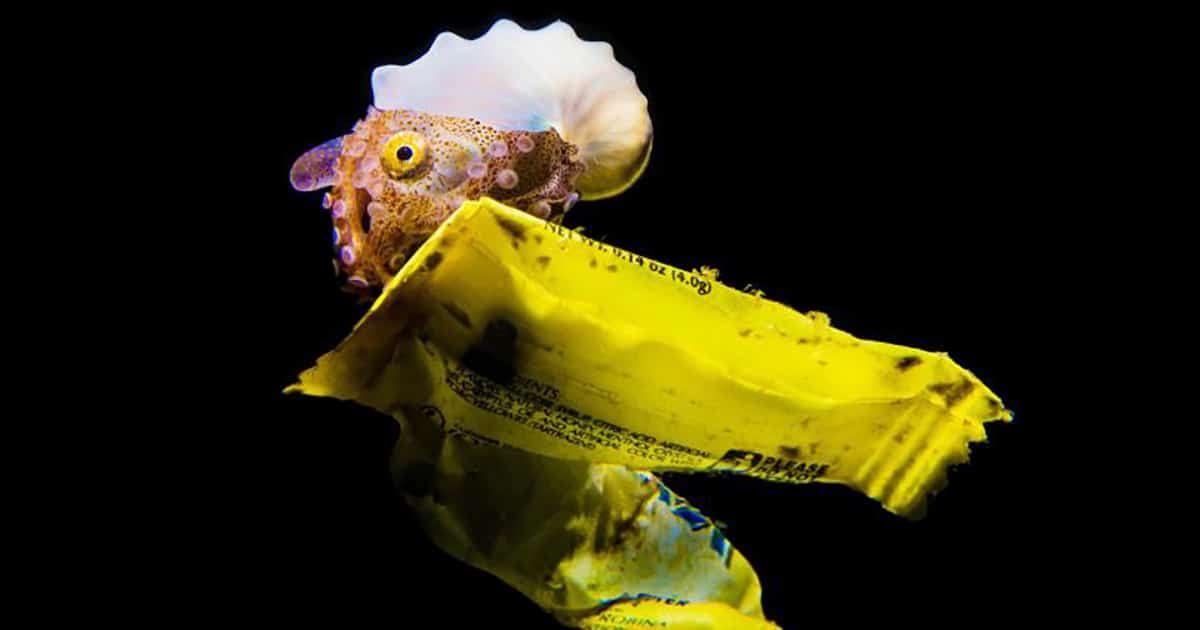Based on more than 50,000 images shared on platforms like Instagram, the study focuses on the interaction of argonauts with their environment, primarily in Indo-Pacific and tropical Atlantic areas. Among the analyzed images, 1% show argonauts interacting with other planktonic organisms, such as jellyfish, salps, and mollusks, as well as with plastic waste and plant debris—images captured by a total of 171 divers.
“This study shows the great potential of images obtained by recreational divers to generate new information on the behavior of argonauts and other pelagic organisms in their natural habitat,” says Roger Villanueva, ICM-CSIC researcher and lead author of the study. “Additionally, it strengthens the role of citizen science as a key tool in discovering species relationships and even identifying new ones.”
Key Findings
The results reveal that argonauts use a wide variety of substrates to move through the ocean, with gelatinous plankton being their preferred medium, especially hydromedusae, and salps, which represent 73% of the substrates used. This behavior confirms the abundant presence of this type of plankton in the oceans. Furthermore, the study shows that 5% of larger specimens (subadult and adult females) move around on plastic debris, an adaptation of argonauts to marine pollution.
Fernando Á. Fernández-Álvarez, co-author of the study, adds: “These findings not only provide crucial information on argonauts but also raise questions about the ecological consequences of their adaptation to plastics, a growing element in the oceans.”
Scientific and Social Implications
From a scientific perspective, this work opens new avenues for studying biodiversity in the surface layers of the ocean, a little-explored but highly rich area in organisms. The study also reinforces the importance of citizen science. “The participation of recreational divers has been essential for this breakthrough, demonstrating how citizen contributions can drive marine research,” says Josep Maria Gili, co-author of the paper.
Furthermore, underwater photography is highlighted as a powerful tool for documenting and discovering unknown marine species, fostering collaboration between scientists and amateur naturalists.
The study also issues a warning about plastic pollution, revealing that argonauts have begun to incorporate these wastes into their environment, a phenomenon that underscores the urgency of addressing the global issue of plastic waste in the oceans.
Looking ahead, the researchers propose combining traditional oceanographic study methods with the analysis of in situ images captured through diving, which will allow for advances in understanding the taxonomy and ecology of pelagic organisms. This multidisciplinary approach promises to open new doors in the study of marine life.

